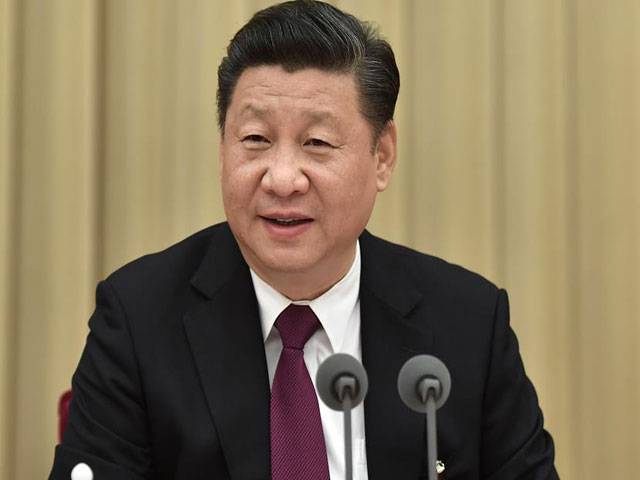BEIJING - China ended a major annual economic meeting Friday with promises to liberalise investment in state-owned sectors, control real estate speculation and improve the “flexibility” of the yuan’s exchange rate, as the country’s economy shows signs of stabilisation.
The Central Economic Work Conference, headed by Chinese President Xi Jinping, began Wednesday in Beijing and focused on setting out economic priorities for 2017 — a critical period for China which is expected to select its new leadership late next year.
The meeting ended with promises to target Beijing’s economic bugbears, including stepping up efforts to “prevent asset bubbles”, deepen “supply-side structural reform”, and maintain a “prudent and neutral” monetary policy, according to the official Xinhua news agency.
The country will take “substantial steps” to reform ownership in a number of state-owned sectors including utilities and the military, Xinhua said, adding that partial privatization may be an option.
It will also promote the principle that “housing is for living, not for speculation” the agency reported, noting that the government would put limits on credit for investment properties as the country faces concerns about its overheated real estate market.
China’s yuan will be kept “basically stable at an equilibrium level in 2017, while improving the flexibility of exchange rate,” according to Xinhua. Earlier in the day the Communist Party mouthpiece, the People’s Daily, issued a commentary in a bid to calm fears the yuan might plunge after the US central bank on Wednesday hiked interest rates. The decision may put “further depreciation pressure on the yuan, increasing the capital outflow”, but “there is no need to worry too much”, it said.
The call for calm came as the PBoC set the value of the yuan at 6.9508 against the dollar, down 0.32 percent from Thursday’s fixing, according to data from the Foreign Exchange Trade System, marking the lowest level since May 2008. China is a key driver of the world economy but its expansion has slowed significantly from the double-digit years of the past, with GDP expanding 6.9 percent in 2015 — its weakest in a quarter of a century.
The government has nonetheless targeted growth in a range of 6.5-7.0 percent for this year, with the most recent figures showing 6.7 percent expansion in the July-September period.
A raft of positive data this month raised hopes of stabilisation, while a Bloomberg survey of experts showed they see a better-than-forecast performance this year and next.
But despite the positive signals, the government has yet to deal with major problems including sclerotic state owned enterprises, an over-heated real estate market, overcapacity in the steel and coal industries and growing capital flight as investors seek better returns abroad.
“Even though China’s economy stabilised in 2016, its economic growth is still under risks and pressure,” Liao Qun, an economist at Citic Bank International, told AFP.
One of the biggest risks ahead is Donald Trump, Liao said.
The US-president elect has threatened to slap China with heavy tariffs and also attacked it for devaluing the yuan despite evidence that Beijing is actually struggling to keep the currency afloat.
“You never know what Trump will do,” Liao said.






